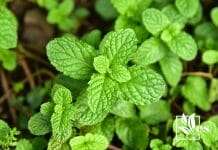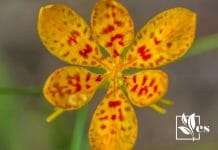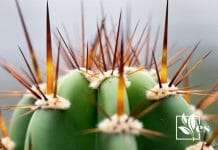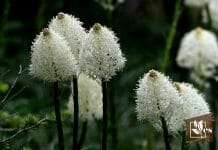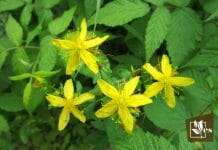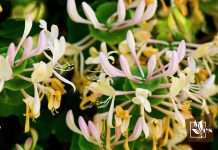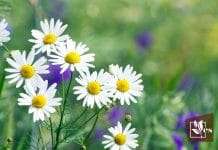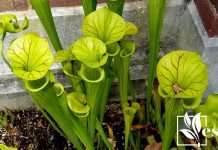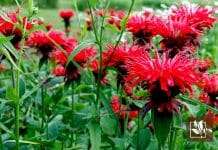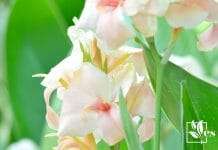If you are searching for plants similar to spider plant, look no further! Here, we present a few plant groups and species that look akin to spider plants and are easy to maintain.

We all love spider plants (Chlorophytum comosum) of the Asparagaceae family for their hardy nature and bouncy leaves, but too many of the same Chlorophytum genus plant makes for a dull aesthetic.
After reading this article, you will have several options to mix-match spider-like plants and keep things both interesting and visually fresh!
JUMP TO TOPIC
Exciting Plants Similar to Spider Plant
Pick your favorite from these beautiful spider-like plant choices that resemble the various spider plant varieties such as Chlorophytum comosum Vittatum, Chlorophytum comosum Bonnie, Mandarin Spider plant, and Chlorophytum comosum Ocean (ocean spider plant).
Spider plant care is easy, and all the plants below share this quality in addition to having spiky, drooping leaves.
1. Carex
The plants under the Carex group look very similar to spider plants and require little maintenance. Commonly, they are called “sedges” or “true sedges.” They are drought-tolerant when established, and most grow well in full sun or even partial shade.
The Japanese (Carex morrowii) and Evergold sedge (Carex oshimensis) are two species that look remarkably similar to the variegated variety of spider plants (Chlorophytum comosum “Variegatum,” sometimes also called the reverse spider plant). The only difference is that the leaves are a little thinner.
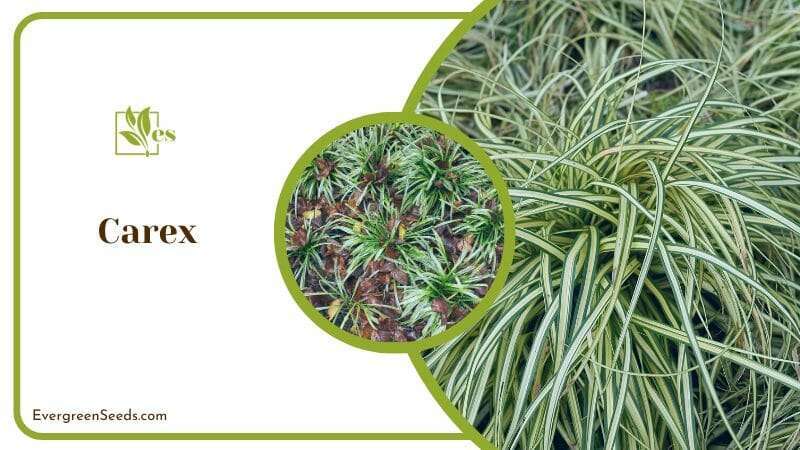
The leaves also have different colorings depending on the variety. For example, the Evergold sedge has a creamy center with green on the edges (like on the Hawaiian spider plant, Chlorophytum viridescens).
On the other hand, the Japanese sedge has solid green about the midrib, with a golden yellow or cream at the edges (like on the Zebra spider plant, Chlorophytum laxum “Zebra”).
The plant height and spread can vary wildly from species to species. For most household species (including the Japanese and Evergold sedges), 12–16 inches tall with a width of up to 20 inches is the norm. However, taller and farther-spreading varieties are also available.
2. Pandanus
Pandanus, also known as screw pine or screw palm, is a family of shrubs and trees whose leaves look similar to those of the spider plant. By the way, unlike what their common names suggest, they are not much like pine or palm trees.
Pandanus baptistii and Pandanus veitchii are two species that will spark your interest if you want something that looks like a reverse variegated spider plant. You will be surprised at how similar their long, outward spiraling leaves are to spider plants, down to even the variegated colors!
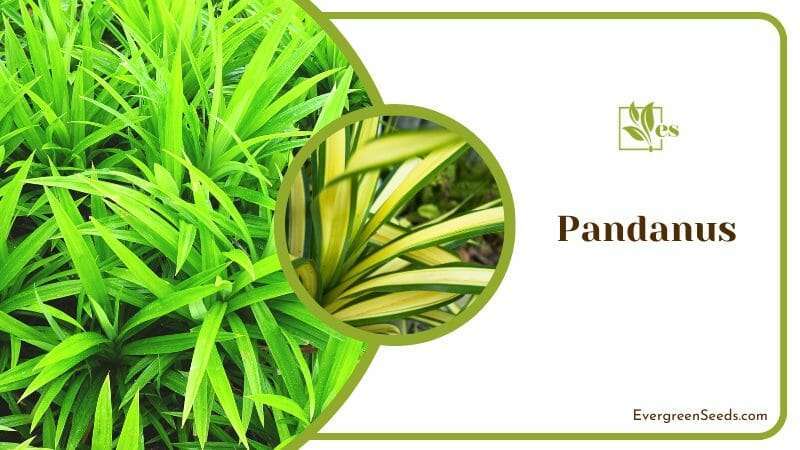
If you are looking for a more solid green color like the one on the Shamrock spider plant, you can also look at the Pandanus amaryllifolius.
The species above can grow up to 3–5 feet tall, higher than the typical spider plant. However, you can easily prune them to maintain the desired height. If you plan to keep them as indoor plants, you can limit the spread with a pot (a size of 20 L at around 12 inches works fine).
Caring for most Pandanus species is easy as they are adaptable, which makes them excellent houseplants.
3. Dracaena
Dracaena is another genus containing over 100 shrubs and trees. Unfortunately, only a few of these are suitable as houseplants. Three Dracaena species are famous alternatives to spider plants: Dracaena fragrans (also known as Dracaena deremensis),Dracaena reflexa, and Dracaena draco.
Dracaena fragrans, commonly called corn plant or striped dracaena, looks very similar to spider plants with outward curling leaves. Its leaves are a little broader, though. Variegated varieties are also commonly available. Dracaena reflexa are similar to fragrans, though they have an upright growth habit.
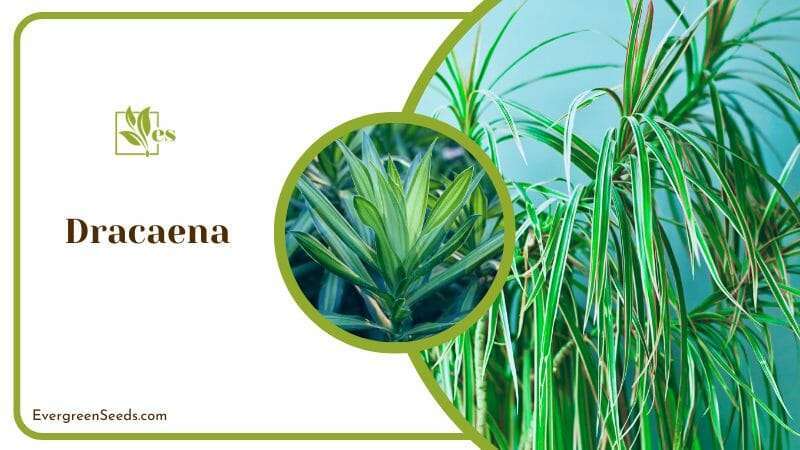
Dracaena draco, or dragon tree, is the slowest-growing plant of the bunch – 10 years to grow 4 feet tall! It is excellent for indoor planting as you will not need to prune it for a long time. The leaves are long and share the arching nature of spider plants. The leaf color is usually lush green with a dark red outline about the edges.
Dracaena tend to grow tall (up to 10–12 feet if indoors), but you can put them in a pot to ensure they do not spread too far, and you can cut them to maintain whatever height you want.
Most household Dracaena are easy to care for: they require filtered light and regular watering. Be warned that the plant’s toxic nature is harmful to animals.
4. Snake Plant
Formally named Dracaena trifasciata, it has leaves similar to the spider plant in that they are long and pointy. However, it grows upright rather than arching, with an overall wavy look. It is sometimes also called St. George’s Sword because of its appearance.
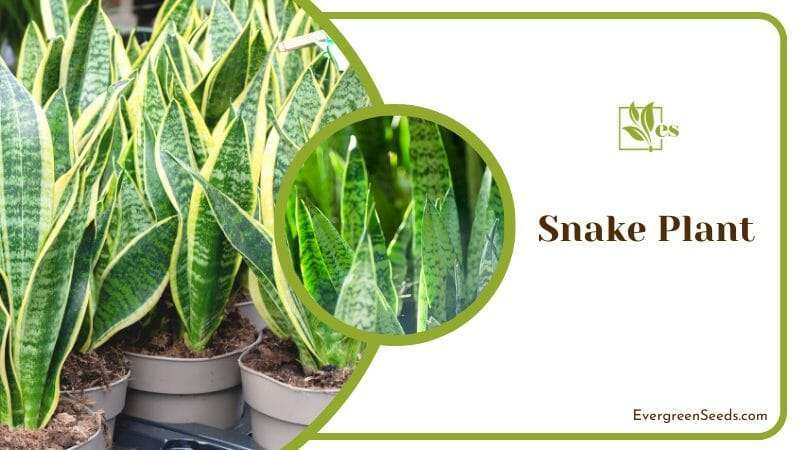
It is also the perfect choice if you are a fresh gardener because of its adaptable nature, making it easy to maintain. It prefers indirect sunlight with occasional direct exposure. Still, it will tolerate full sun and full shade conditions. It only needs watering when the soil is dry – it can go for a month without needing water in winter!
5. Buffalo Grass
Stenotaphrum secundatum is the variegated variety of buffalo grass, and its leaves are similar to those of a spider plant with a pointy, curly nature. It doesn’t grow very tall (up to 6–12 inches). The leaf color of the variegated variety is cream along the center with green stripes along the edges.
People usually use it as lawn grass, but it works as a houseplant too. It is adaptable to different soil types and environments. It is salt and drought-tolerant (once established) and capable of surviving in hot and humid conditions.

It grows fast and best in full sun, but it will also grow in partial shade, meaning you can keep it indoors and outdoors. You will need to water it regularly to keep the soil evenly moist.
If you like this, you can also check out the other ornamental grasses since most look like spider plants. Some alternative options are the Chinese silver grass (commonly called zebra grass or formally Miscanthus sinensis) and the Japanese silver grass (Miscanthus sacchariflorus).
6. White Lilyturf
Formally known as Ophiopogon jaburan, White Lilyturf is an evergreen, variegated cultivar of giant Mondo Grass with arching leaves akin to a variegated spider plant’s leaves.
White lilyturf can grow up to 1–2 feet tall and spread over the same area. It has a tough and resilient nature which makes it low maintenance.
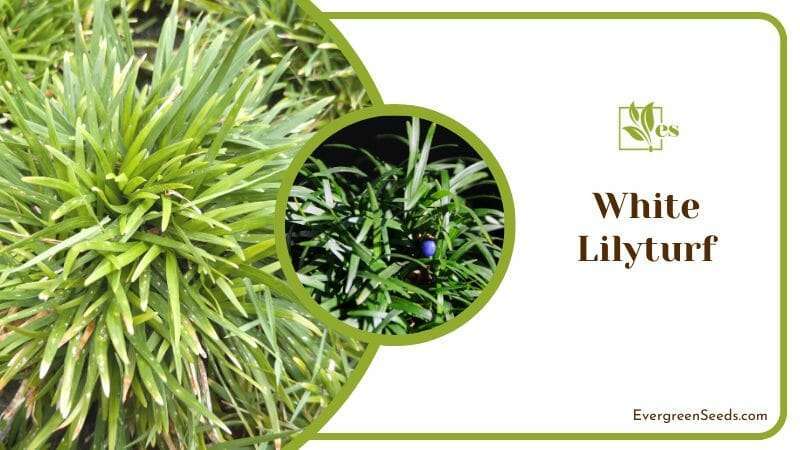
It grows best in moderately moist, well-drained soil in either full sun or shade. It is slightly drought-resistant (once established), so it will survive a short time without water. Still, try to water it regularly, especially during the growing season.
White lilyturf’s leaves have a creamy to yellow hue along the midsection with green highlights along the edges. Their outward curve and overlapping nature resemble spider plant leaves, making the plant an excellent choice for adding texture indoors and outdoors.
7. Bromeliads
Some bromeliad varieties resemble spider plants. Their leaves do not necessarily share the same color scheme or the denser nature of the spider plant, but they radiate a similar drooping, spiky leaf energy near the base. Petite variants more for indoor use are also common.
Guzmania lingulata and Vriesea splendens are two commonly available species that might interest you. They have a height of around 1–2 feet with about the same spread.

The flash of color near the center of these plants is reminiscent of the orange spider plant (Chlorophytum orchidastrum, often called flash spider plant). It does wonders for the room’s character!
The Bromeliad species above are easy enough to care for but are susceptible to root rot. If you decide on them, plant in soil that holds moisture and drains well. A weekly sparse watering schedule works, but the ideal time is when the top two inches of soil becomes dry.
Most of the indoor varieties prefer bright, indirect light. Try to place them next to a window or inside a room that remains sun-bright most of the day.
8. Air Plants
These plants have long, curling, almost messy-looking leaves – much like those on a curly spider plant. The leaf width varies from species to species. They provide a very wavy, lush look wherever you put them.
A few plant varieties that closely resemble messy-looking spider plants (such as the variegated Bonnie spider plant) include Tillandsia stricta and Tillandsia fasciculata. They have similar colors and an adorable bouncy feel on the leaves.

Mostly, the Tillandsia are epiphytes; they can grow without soil! They need something to latch on to, though. Just make sure you put them in a windy spot out of the reach of direct sunlight around the perimeter of your house.
If you plan to put them indoors, use a well-ventilated room. Mist every few days, and they will grow just fine.


